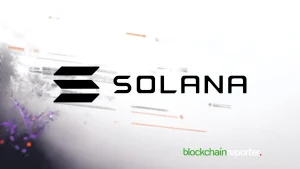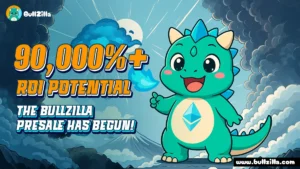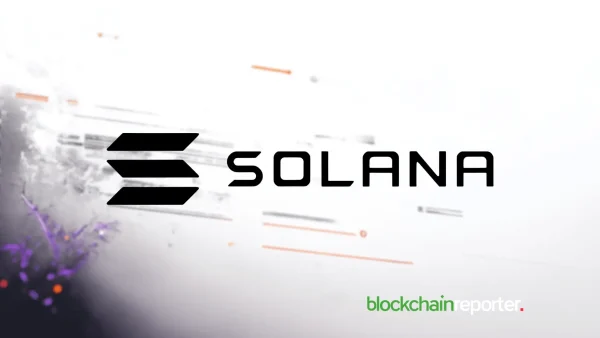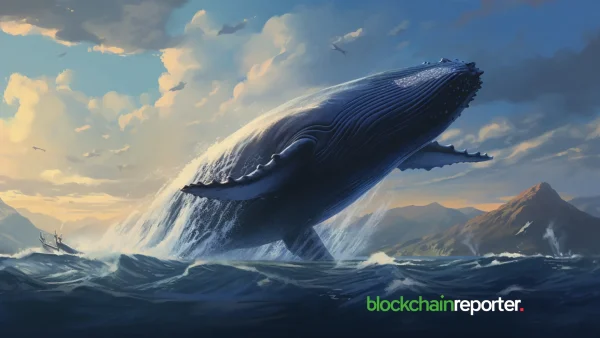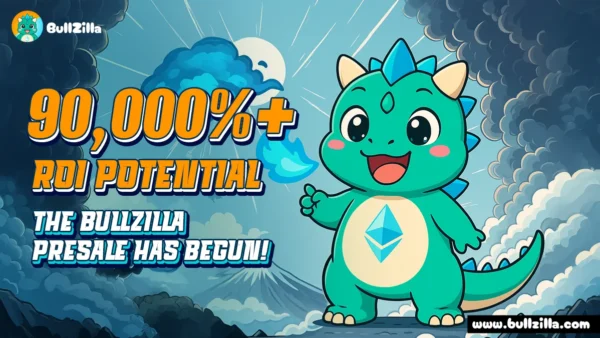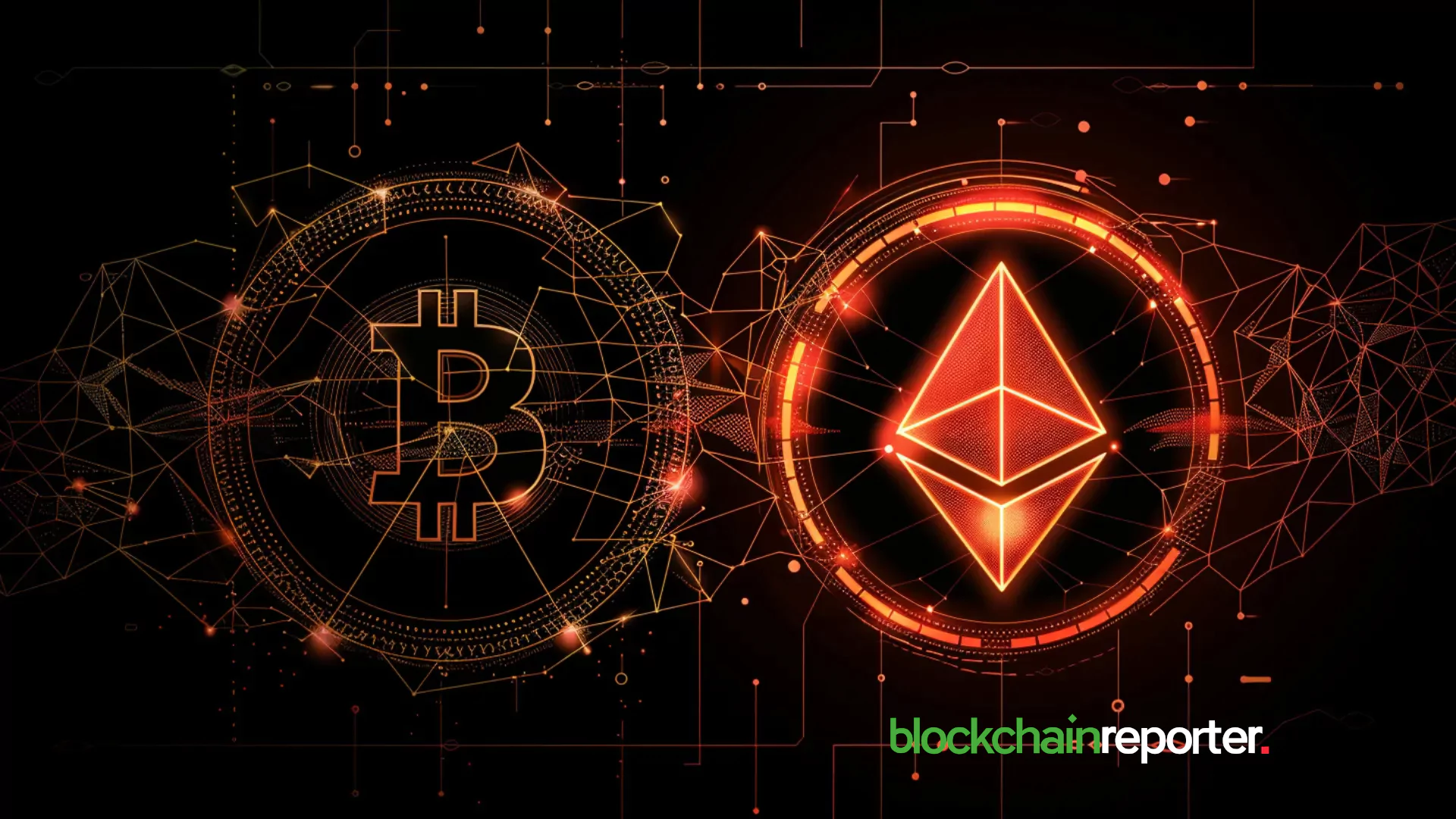
Cryptocurrencies are a dangerous place for investors right now. A quick glance at the top 50 coins on CoinMarketCap shows a sea of red as the likes of Bitcoin and Ethereum have seen their value plunge to levels not seen since early 2021. Meanwhile, so-called altcoins are faring even worse, with top tokens such as Polkadot and Avalanche down more than 80% from their all-time highs.
The crypto market crash is painful for many investors but at the same time it’s nothing new. Digital assets are known for their volatility and with the wider economy going down the pan the crash was likely anticipated by many.
What was unprecedented however was the sudden collapse of the Terra blockchain that brought the wider market down. Terra’s native utility token LUNA and its associated stablecoin UST fell off the precipice over a 48 hour period beginning on May 9, when the value of both tokens plummeted like a stone. The reasons for LUNA’s and UST’s crash are the subject of intense speculation, but no matter if it was an attack by institutional money men, a scam or something else, the result is the same – crypto has lost billions of dollars in value in the last couple of weeks, sending a shockwave across the entire market.
With prices down across the board and widespread acknowledgement that crypto is now in a bear market, there’s a lot at stake for the numerous projects involved in key areas of the crypto industry, including DeFi, NFTs and Play-to-Earn games.
DeFi
The biggest impact of the Terra collapse was felt in the decentralized finance ecosystem. According to Bloomberg, the DeFi Pulse Index, which tracks major DeFi tokens, fell more than 24% in the days following LUNA and UST’s crash and is now down more than 62% over the past seven months.
The crash amplified a negative sentiment that has already been building in DeFi, Arca Chief Investment Officer Jeff Dorman told Bloomberg. “DeFi has been out of favor and underperforming other sectors for most of the past six months, and that didn’t change over the weekend,” he said. “What’s different is that other tokens bounced much faster, whereas DeFi stayed depressed.”
DeFi had previously witnessed explosive growth over the past two years, led in part by the incredible rise of Terra’s ecosystem in the months prior to its collapse. However, it was Terra that dragged the wider industry back down again. According to DeFiLlama, the current lockup on Terra’s blockchain fell from $33.66 billion in April to just $800 million on May 13, down more than 90%.
The problem is the knock-on effect. The vision of DeFi is to map the traditional system of finance to the digital world and enable direct, peer-to-peer transactions between ordinary people via smart contracts. Through this, DeFi aims to provide various functions and services that were previously only offered by traditional financial institutions, such as lending, trading, derivatives, asset management and wealth management.
However, the combinatorial and convergent nature of the various projects within the DeFi ecosystem has resulted in a direct correlation between the performance of various coins. Moreover, it’s clear that mainstream collateral and mainstream liquidity providers are critical to the performance of DeFi assets and token prices. As we saw this month, the scenario of rapidly falling prices created a severe test for the emerging industry, as the collapse of Terra resulted in a decline in virtually every major DeFi token.
The DeFi ecosystem is now facing a severe test, one that’s greater than that facing the traditional financial markets. Today’s market conditions have squeezed the confidence of investors, and the chances of another token entering a “death spiral” has increased.
Stablecoins
While DeFi faces a challenging time ahead, observers say that the stablecoin ecosystem that plays a key role in the former is likely to emerge from the market turmoil unscathed.
In an interview with Blockworks, EQIFI CEO Brad Yasar said he doesn’t believe stablecoins will suffer too much as a result of Terra’s problems. “The asset-backed stablecoins — as long as their reserves match the number of coins in circulation — are not prone to de-pegging by market movements,” he explained. “Algorithmic stablecoins that are not asset-backed so far have been de-pegged by violent market movements.”
Yasar’s claims are matched by facts. While the industry’s biggest stablecoin, Tether, briefly lost its peg and traded at 97 cents for a few hours in the wake of UST’s demise, it quickly regained parity with the U.S. dollar that it’s meant to be tied to. And it’s the same story for the second-biggest stablecoin, USD Coin, which has clung to its $1 peg without faltering since May 2020.
The stability of those asset-backed coins suggests that the industry will likely see a shift away from algorithmic stablecoins like UST. “Some people might be tempted also to get rid of or even short other algorithmic stablecoins,” Trakx crypto economist Ryan Shea told Blockworks. “It may benefit collateralized stablecoins and/or centralized exchanges.”
In other words, the collapse of UST could well be a death knell for the idea of algorithmic stablecoins as a whole. While several others do exist, and are continuing to maintain their peg with the U.S. dollar, they have nowhere near the same market capitalization as what UST once enjoyed. Given what happened, it’s hard to see any new algorithmic stablecoin emerging to win over investor’s confidence.
NFTs
Guessing what will happen next in the NFT market is harder to call. Since the heady days of last year, when multi-million dollar token sales were making headlines on a seemingly daily basis, the market has fallen a long way from its peak. Trade volume and NFT prices have both declined significantly this year, and if the NFT market continues its downward spiral there could be big consequences for the wider crypto space, given that NFTs attracted many new buyers by presenting a fun, new way to experiment with digital assets.
The NFT market was heading south long before Terra’s implosion. Weekly trading volume fell from a high of $1.07 billion in August 2021 to just $23.6 million by mid-May, CryptoSlam data shows. Notably, the world’s biggest NFT marketplace OpenSea has seen its trading volume decline more than 40% in the last week, while Rarible is down 28%.
The decline in NFT action has since prompted Morgan Stanley to predict a crash in the market. In its report, it said the recent fall in Bitcoin’s price is not just related to tumbling tech stocks but wider economic turmoil, and it believes the price of crypto’s biggest asset will continue to erode. That means adjacent crypto markets will also likely suffer.
NFTs are therefore a prime candidate because they’re one of the most speculative and leveraged markets within the crypto industry, Morgan Stanley said in a report. The investment bank noted that most NFTs are owned by entities that are aiming to resell them at a higher price, as opposed to holders who believe in their utility. Many of those entities may decide to cut their losses, the report warns.
It’s noteworthy that some of the world’s most famous NFTs have already seen their price erode. For instance, the person who bought an NFT of Twitter founder Jack Dorsey’s first tweet for $2.9 million is struggling to sell it, with the highest bid currently at just $21,000. Meanwhile, prices of the famed Bored Ape Yacht Club NFTs have fallen.
The real danger is that NFTs brought in a lot of new investors to the crypto space and those people may well be tempted to cut their losses and run amid the current climate of fear. If that happens it would not bode well for the near-term future of the NFT market. Remember that when the dot-com bubble burst it took almost ten years for private investment in the technology sector to recover. Investors were worried about the instability of tech stocks, and a crash in NFT prices could have a similar effect on its economy, turning off buyers for a long time to come.
We should point out that it hasn’t happened yet though. While NFT prices are wobbling, the market is still there – unlike Terra’s LUNA and UST ecosystems. The fact there’s still demand for NFTs suggests that projects centering on thriving online communities, exciting games and inspiring artworks may well have enough going for them to survive a shakeout of the industry. That would result in many of the “fad” NFT projects being weeded out, leading to greater stability and long-term growth of the tokens that provide genuine value.
Play-to-Earn Games
The future of an adjacent industry is also in the balance, with the tokens of several major play-to-earn games taking big hits in the wake of the crypto crunch earlier this month.
The AXS token that’s used in the popular game Axie Infinity fell from roughly $30 to just above $17, though it has since regained some ground and currently trades at $21.33. Another popular token, Splintershards, used in the Splinterlands game, fell from $0.097 to a low of $0.059, though it too has since rebounded.
So-called P2E games are a new breed of video game that attempt to incentivize players by rewarding them for winning battles and completing challenges. Those rewards are usually paid out in NFTs or cryptocurrency, which can then be sold for real-world money. It’s a popular concept that has even become a full-time job for some gamers in emerging economies like the Philippines.
Over the past year, P2E has increasingly been spoken about as the next big thing in gaming, with many investors confident that the prospect of tangible rewards may be enough to eventually replace the free-to-play model that dominates the video game industry today.
For now though that remains a speculative bet. The Terra collapse served as a sobering reminder of the huge volatility that affects the cryptocurrency markets. The P2E game has exploded onto the scene on the back of a bull market that began in early 2021, but the tide is now reversing and it’s likely that many P2E games will feel the impact of the bears in the coming weeks and months.
There’s a lot of concern for games built on the Terra blockchain in particular. The Deviants Factions card trading game for instance runs on Terra and enables players to buy and sell NFTs with UST. With the sudden drop in UST’s value, trading activity on the game has increased dramatically as players appear to be keen to offload their now worthless NFTs.
Another popular Terra-based game is the horse racing metaverse Derby Stars, where the in-game horses are represented by NFTs. Those tokens are traded using LUNA on the Random Earth marketplace, which saw its highest-ever trading volume on May 11, as Terra was crashing and burning.
It’s not clear what will happen to those titles now as decoupling themselves from the now-worthless Terra ecosystem will not be an easy undertaking, though it’s possible they could attempt to bridge to an alternative blockchain platform.
Although Terra-based games face an uncertain future, the prospects for other blockchain-based games do look much brighter. Spells of Genesis is a fantasy game that boasts unique gameplay and a warfare-based storyline. Importantly, it has been around for five years now, making it one of the oldest of all P2E games. It has both Android and iOS applications and the gameplay is fairly complex with both card collecting, strategy and arcade-like elements.
In Spells of Genesis, players get to build armies of wizards and fantasy monsters, do battle with other players, and they can also collect and trade NFT cards for a profit. They can combine orbs to build stronger card decks, then test them out against various opponents. All the while, the storyline evolves as the user progresses through the game.
With its long history, its solid gameplay and a strong community of dedicated and loyal players, it’s hard to see how a token price crash alone could derail such a popular game like Spells of Genesis. Much like in other crypto industries, the market downturn will likely have the effect of weeding out the weaker P2E games, leaving more room for those with a solid foundation to keep gaining traction and building their reputations in the wider video gaming world.
Undoubtedly the P2E game space faces a rocky road ahead, but the concept of earning real-life rewards while playing games for fun is far from dead.

